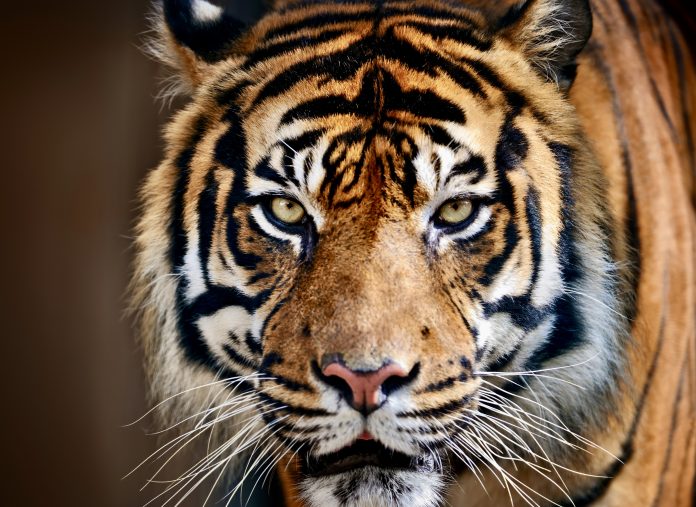Wildlife conservation and animal advocacy nonprofit, Born Free USA, has released Clawing at the Cages: Big Cats in Zoos, a new report detailing the suffering of big cats in captivity.
The report highlights the core group of wild cat species traditionally referred to as “big cats,” including lions, tigers, leopards, and jaguars, but also includes data collected from cheetahs and mountain lions to create a holistic review of these entirely unique, yet equally majestic species.
Using case studies and independent analysis of zoo databases, the report provides a comprehensive overview of the exploitation of big cats in zoos across North America.
Findings include:
-
Despite most big cat species demonstrating population statuses threatened with extinction in the wild, zoos keep and breed thousands of these animals across the United States with no intention of releasing them.
-
Although zoos claim to “protect” big cats, many animals have died from captivity-related causes, such as infection, injuries from enclosure companions, and high infant mortality.
-
There is no distinction made between true euthanasia (ending an animal’s life to prevent inevitable suffering or due to injury or illness for which prognosis is so poor that ending life is the kindest option) and killing healthy animals for zoo management purposes.
-
Zoos around the world have killed healthy big cats due to overcrowding, lack of perceived usefulness to breeding programs, human error/enclosure failure which allowed their escape, or when attacked by conspecifics in their enclosures all in the name of “zoo management.”
-
Due to inbreeding and habituation to humans, big cats kept in zoos are generally not candidates for release in the wild. Therefore, ongoing breeding programs simply serve to ensure that zoos remain “stocked” with these animals.
-
The monitoring of data on big cats in captivity is incomplete, with substantial numbers of individuals disappearing from studbooks — the databases ostensibly responsible for tracking living big cats in captive facilities.
-
The health and welfare of big cats is severely compromised in zoos, as indicated by the recognizable signs of stress in the form of stereotypic behaviors frequently demonstrated by many big cats in captivity.



